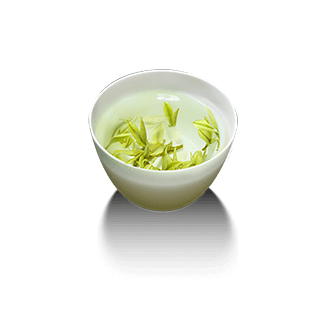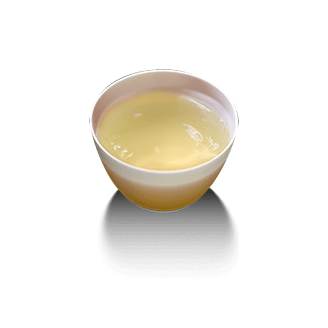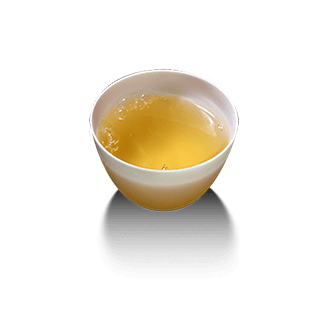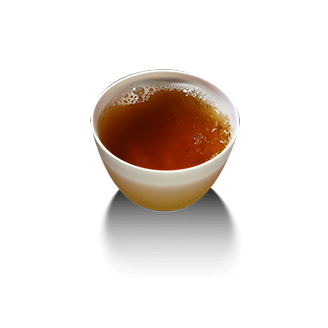

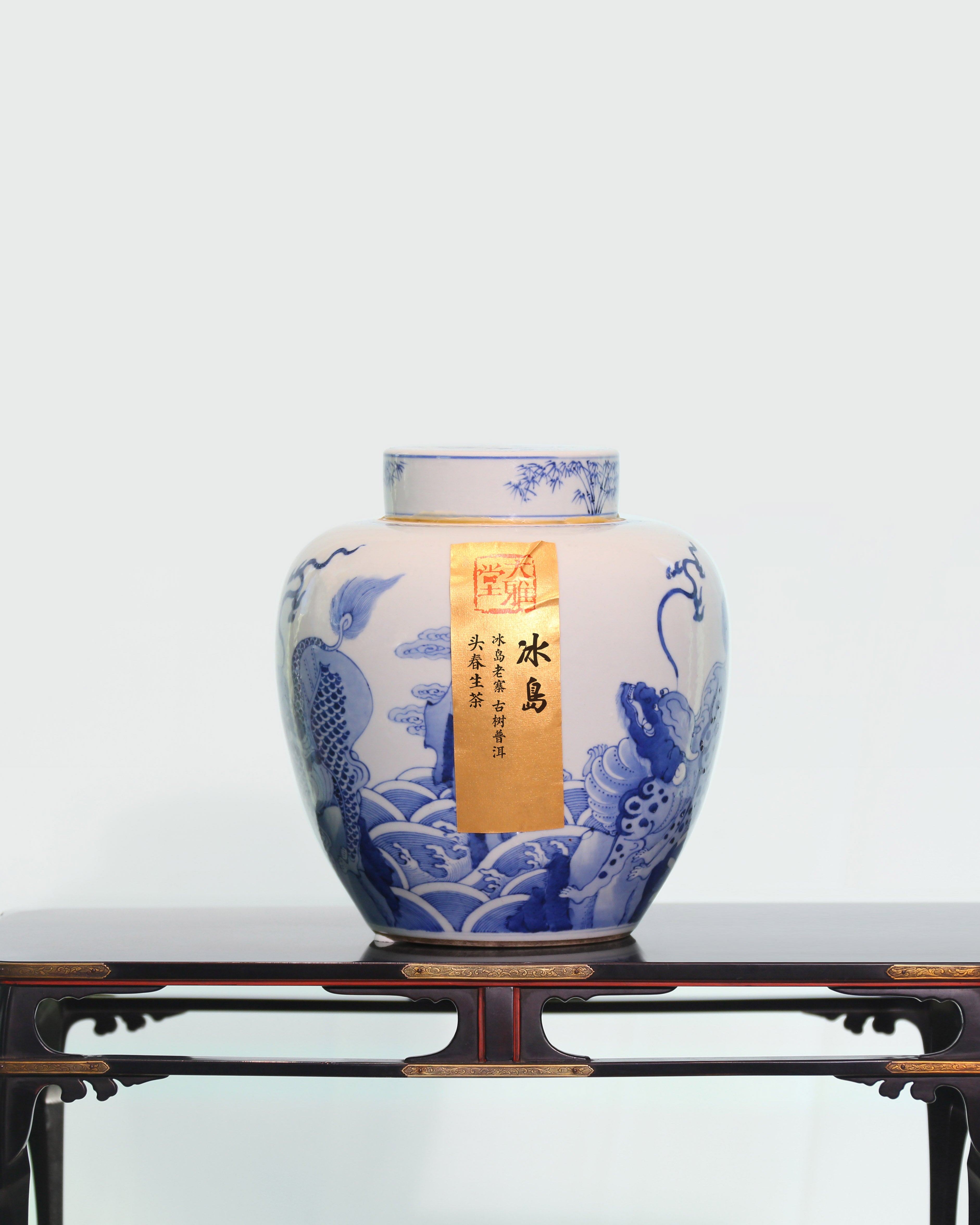
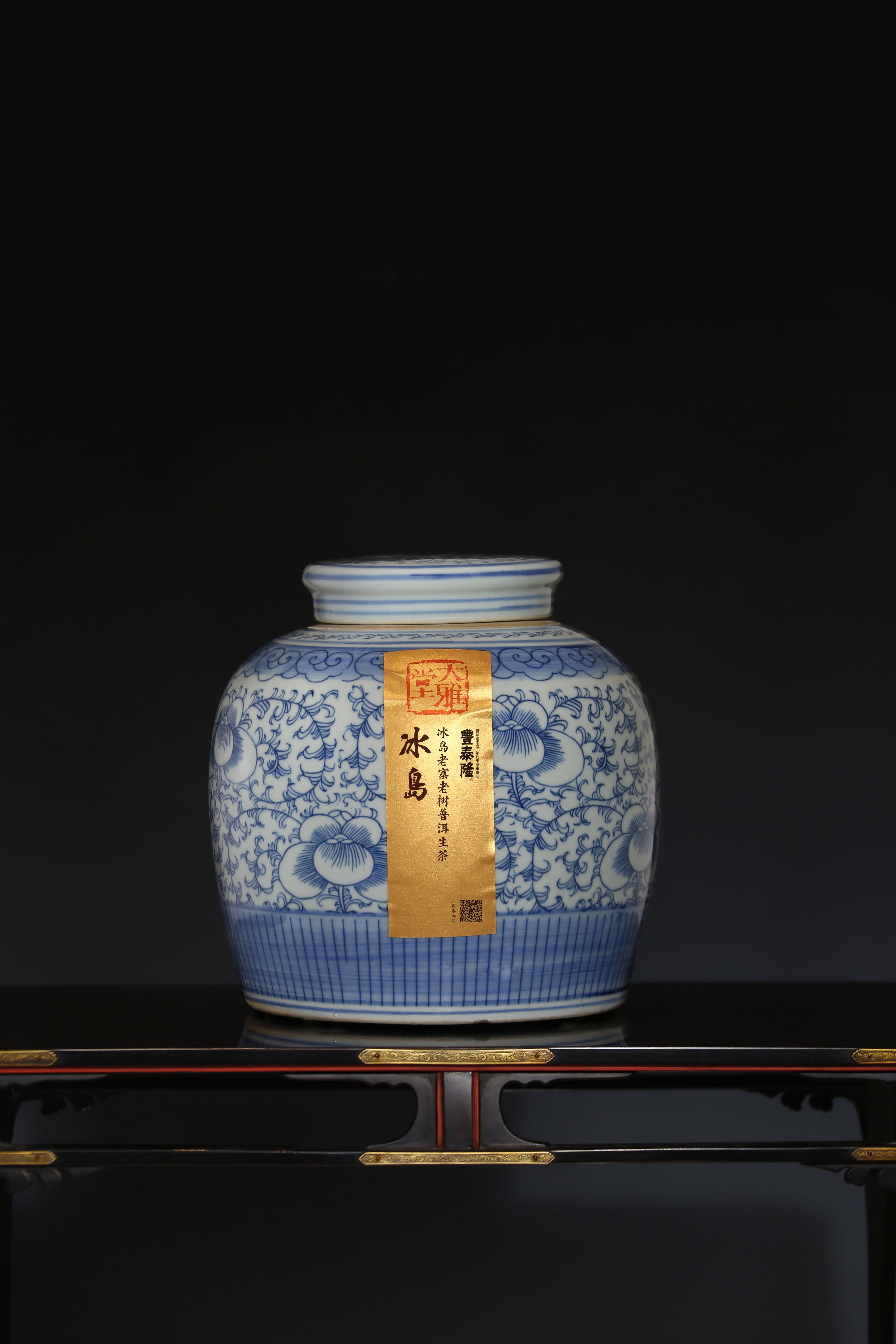
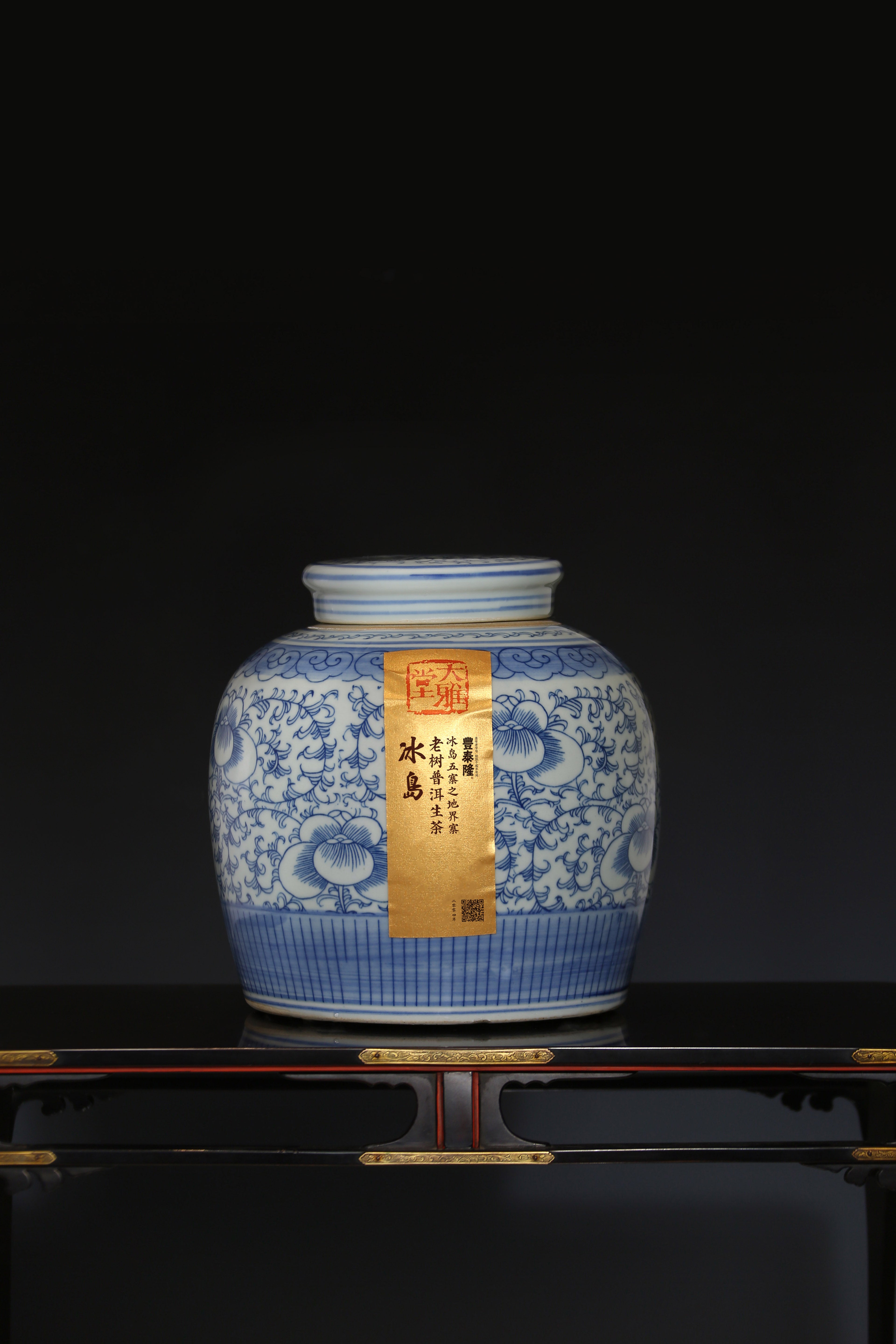

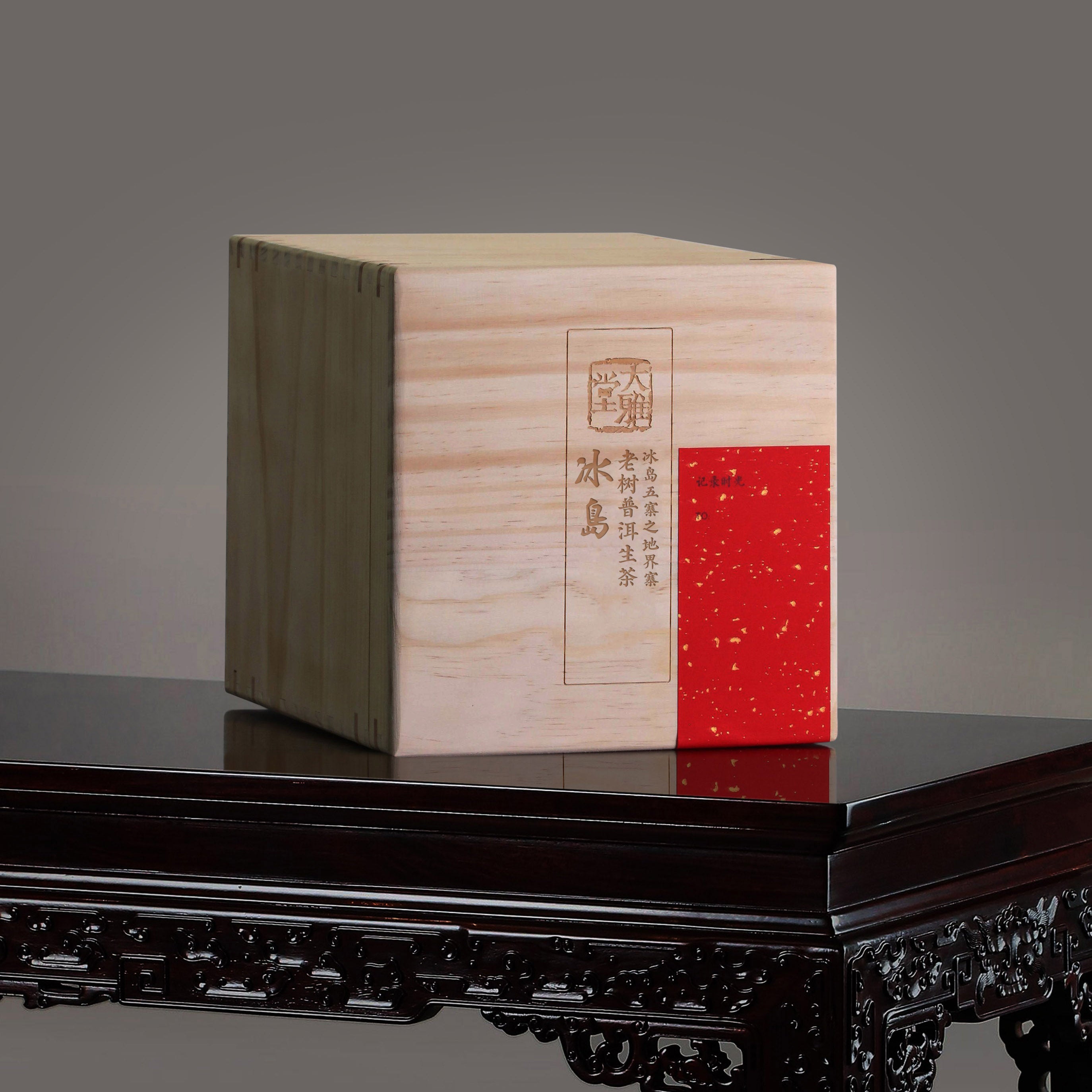
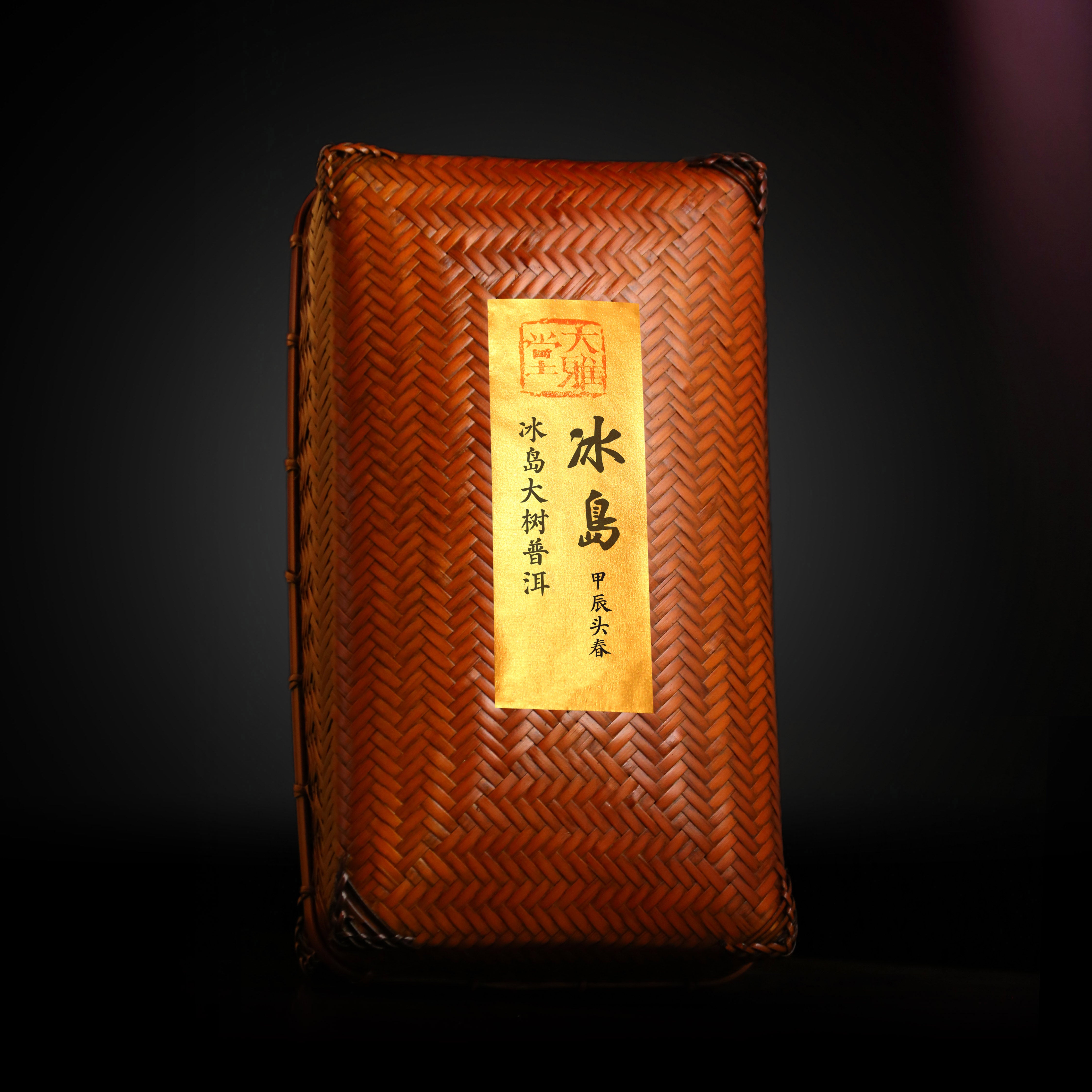

2020 Bingdao Old Village Pu'er Tea










2020 Bingdao Old Village Pu'er Tea
Entrusted by the Mission, the Tea King Crafts Tea with Devotion

Entrusted by the Tea King, crafting tea with meticulous care
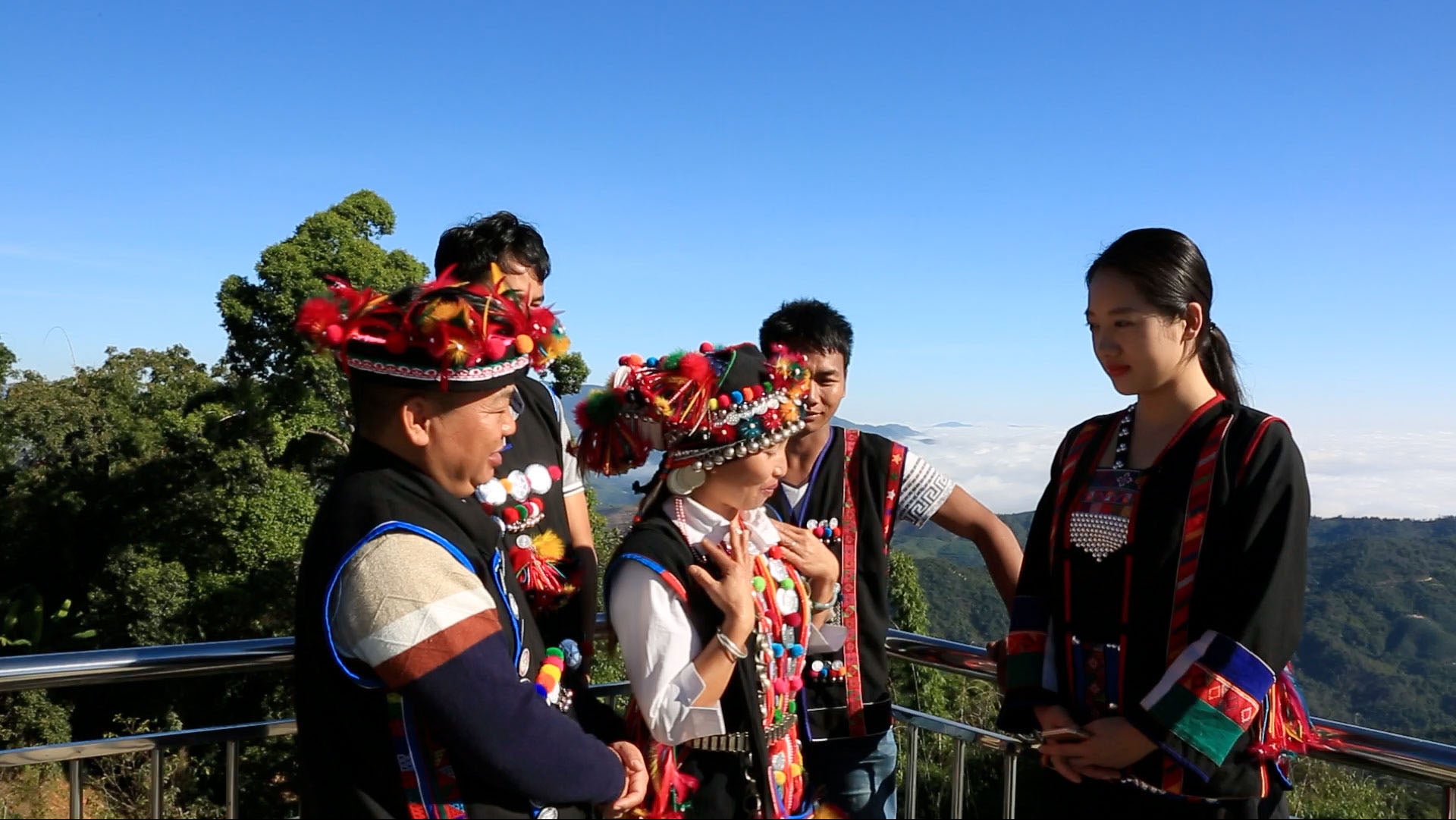
Che Jie, the "Tea King" of 半坡 Banpo Old Village, is renowned far and wide for his extraordinary tea-frying skills. Even BBC and CCTV'sThe Story of Tea: A Leaf's Journeyhave visited to document his story. This tea-obsessed craftsman lives halfway up a mountain at an altitude of 1,700 meters, with his roof and courtyard walls covered in tropical plants like dendrobium, and flowers blooming year-round; pushing open the window, one can see clouds surging and stars hanging over the vast wilderness — a breathtaking scene specially filmed by CCTV.
In 2016, when making ancient single-plant tea for us, he sighed, "Actually, apart from our single-plant teas, the tea from 冰岛 Bingdao Old Village in 临沧 Lincang is also exceptional! It's smooth and mellow, with a unique rock sugar charm. It's equally precious, but I've never had the chance to make it myself."
A turning point came in the first spring of 2022. Entrusted by me, Che Jie finally set off for 冰岛 Bingdao Old Village — a secret place hidden among the mountains of 临沧 Lincang, where the Dai, Lahu, and Han ethnic groups live together. It is home to ancient tea trees over 500 years old, serving as the authentic source of 冰岛 Bingdao ancient tree tea, with scarce quantity and limited output.
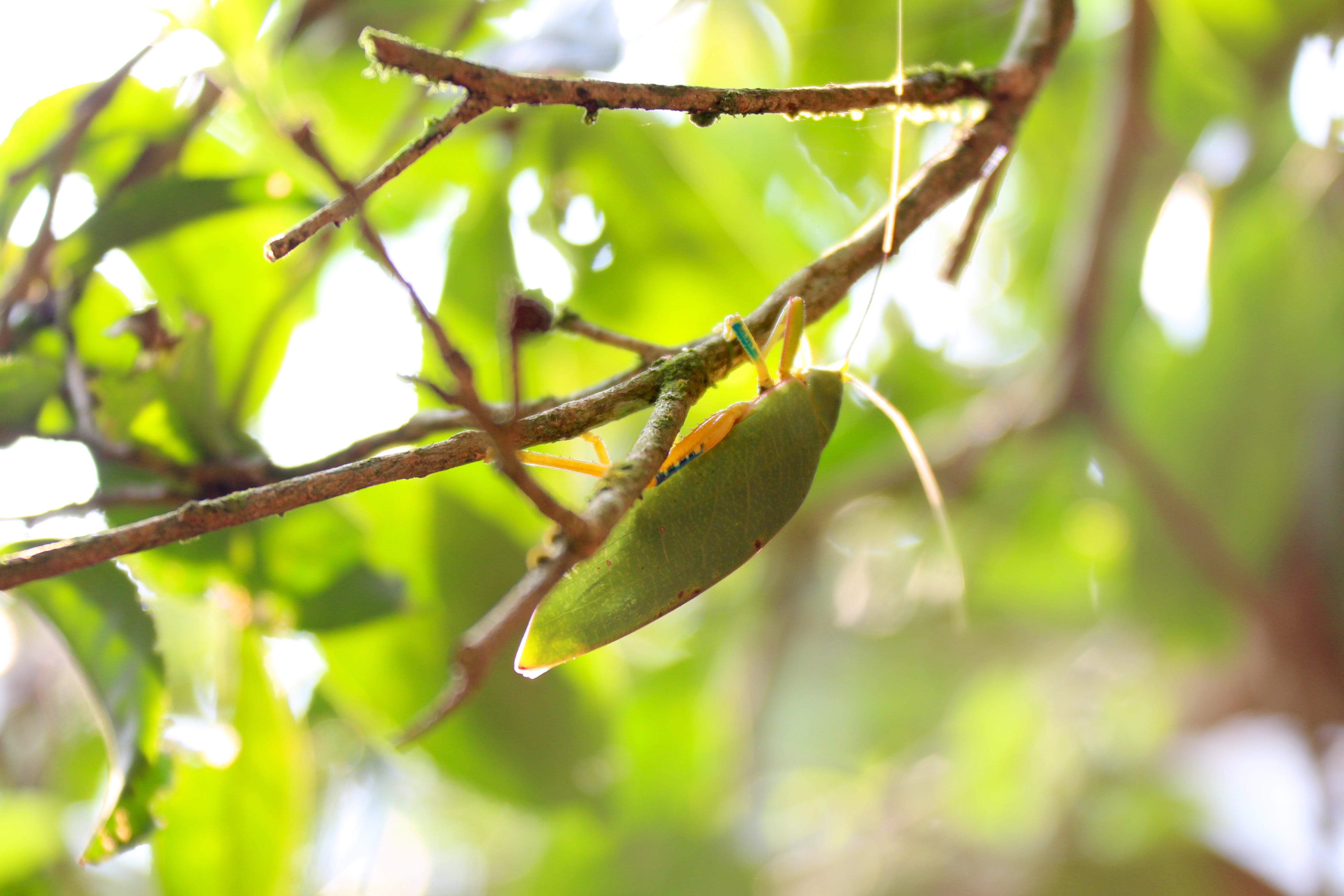
At an altitude of 1,700 meters, surrounded by mountains, clouds and mists curl like veils. Ancient tea trees stand proudly on the slopes, with an annual average temperature of 18℃, bathed in ample sunshine and rain. Coexisting with the lush surrounding vegetation, they form a primitive yet vivid scene.
At the sight of the ancient tea trees that caught his fancy, Che Jie’s eyes suddenly lit up, and the way he reached out to brush his fingers over the trees’ textures conveyed deep reverence.
At dawn the next day, he hurried to climb the tea trees with fellow villagers from the old village, seizing the optimal moment just as the sun rose to pick the leaves. From withering and rolling to frying, each step embodies decades of his craftsmanship—he has an acute sense for the leaves’ curliness and changes in aroma.

In the tea-frying room late at night, with his chest and arms bare, he stood before the red-hot wok, mastering the heat with precision. The steaming tea fragrance filling the room was the most touching scent of the night.
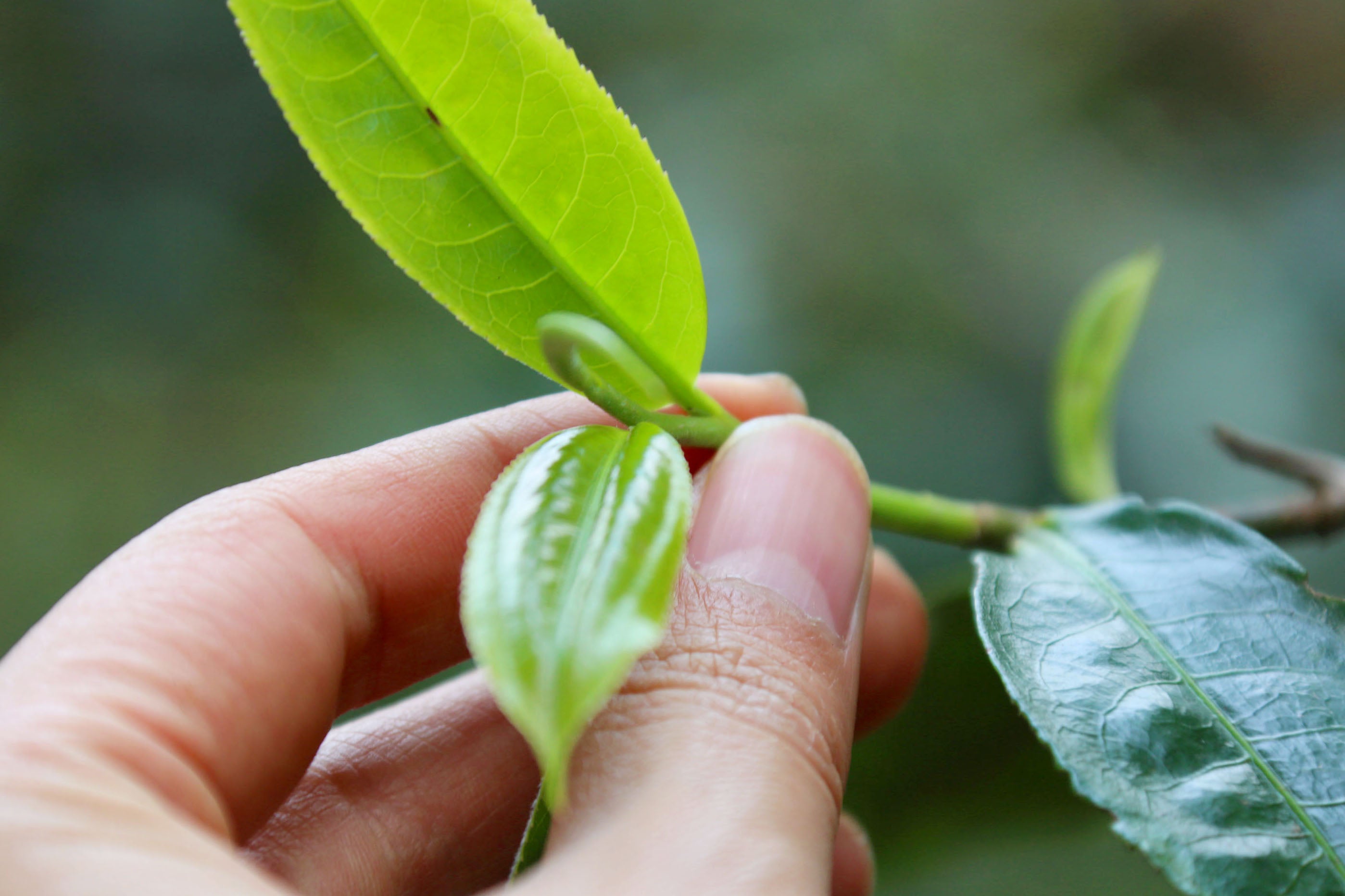
Once the new tea was made, its liquor color was golden and translucent. The Tea King held the cup, sipped carefully, and then smiled heartily — the tea soup was smooth and mellow, with a long-lasting sweet aftertaste in the throat, and the unique "rock sugar charm" of Bingdao tea was fully displayed.
A cup of Bingdao Pu'er tea embodies the Tea King's passion, and also carries the charm and legend of the local land.
The authentic source of Bingdao Ancient Tree Tea (from Bingdao Old Village) is scarce in quantity and extremely precious.
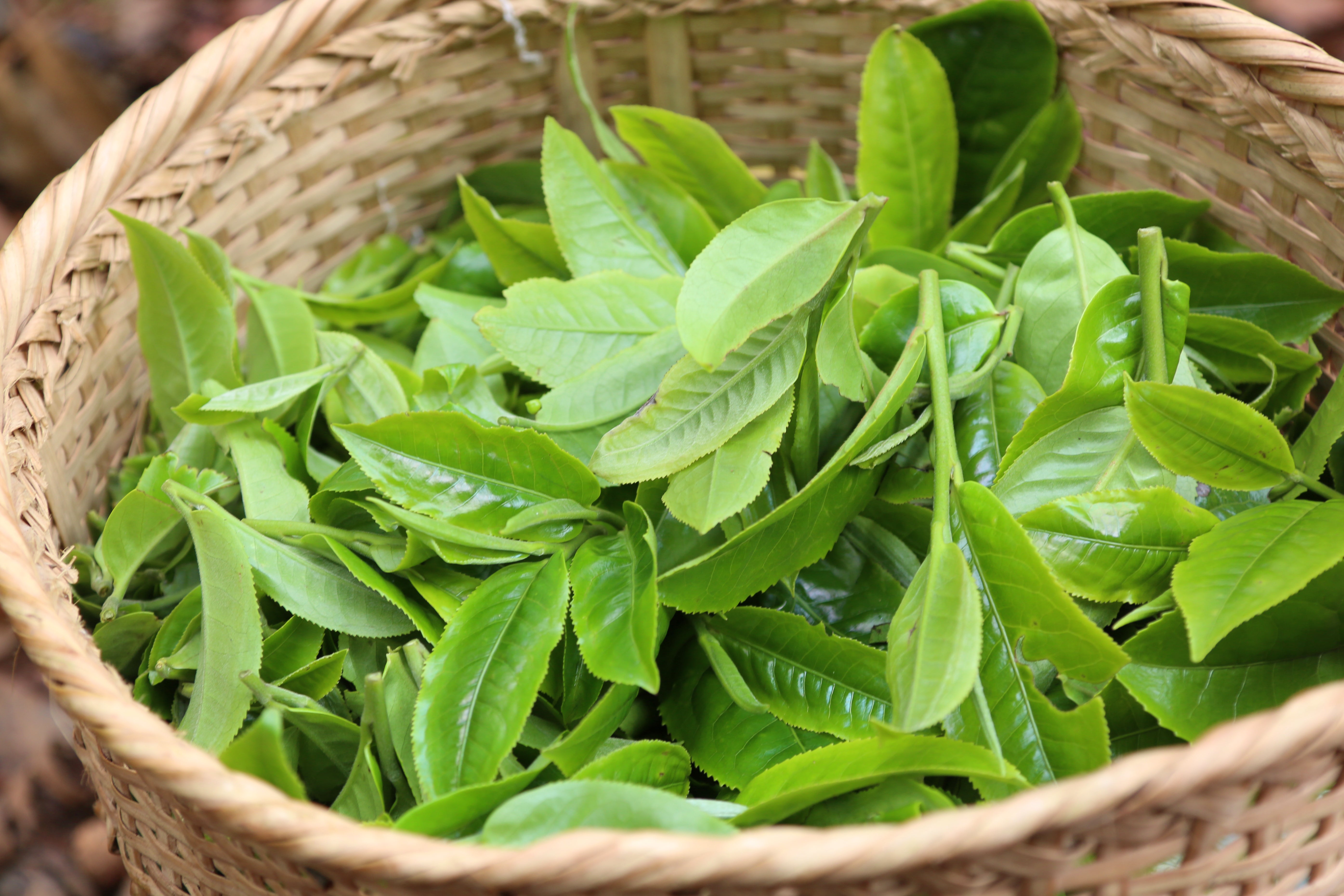
The picking standard for Bingdao ancient ancient tree tea is one bud with two leaves.
2020 Bingdao Old Village Pu'er Tea
Che Jie the Tea King, Handmade
Appreciation
Year:First spring of 2022
Grade:Special Grade Bingdao Old Village Ancient Tree First Spring Tea
Maker:Handcrafted by Tea Master Che Jie
Origin:Selected 300-500-year-old ancient tea trees in the core area of Bingdao Old Village.
Variety:Ancient Pu'er tea of Mengku large-leaf variety from the core area of Bingdao Old Village.
Craftsmanship:Supervised by Che Jie the Tea King throughout; "low-temperature long-stir frying" fixation technique, which retains the active substances of fresh leaves and stimulates the unique rock sugar-like sweetness.
Dry tea appearance: The tea leaves are plump, tightly knotted, glossy with visible down. (Picked in the first spring, mainly one bud with two leaves).
Liquor color: Golden and translucent in the new tea period; turns to amber after 2 years of aging, as translucent as honey.
Aroma: High notes of mountain wild flower fragrance in the first infusion; honey fragrance and rock sugar-like sweetness emerge after the 3rd infusion; long-lasting fragrance remains at the bottom of the cup.
Taste: Smooth and mellow on the palate, with minimal bitterness and astringency; quick sweet aftertaste like a clear spring, with persistent salivation reaching the bottom of the throat; still exhibits sweet and mellow woody notes after 10 infusions.
Quality Appreciation
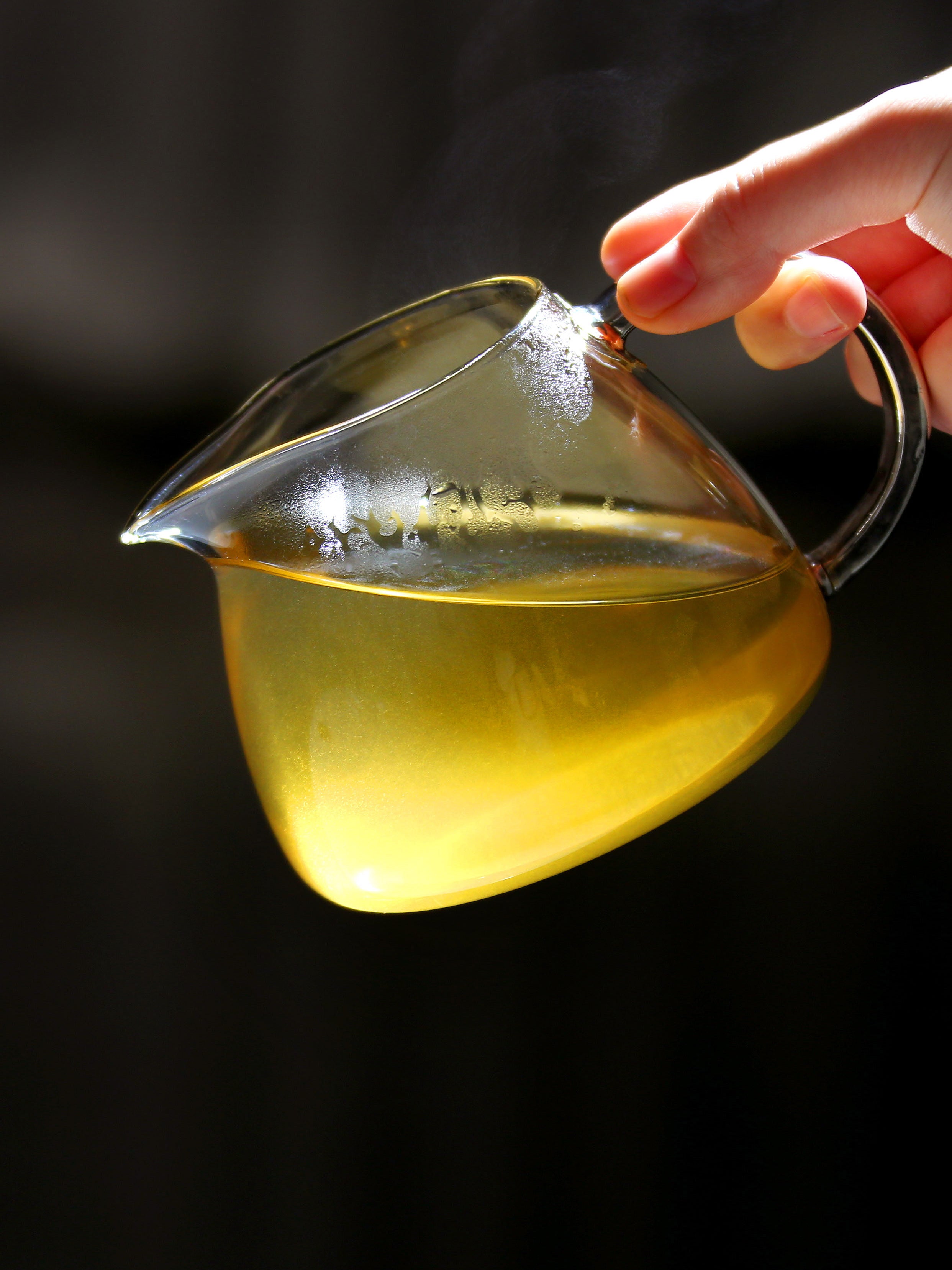
2022 Bingdao Old Village Ancient Tree First Flush Raw Pu-erh Tea <br />Tea liquor color : Golden and bright when fresh, turns amber after 2 years of aging, clear and honey-like.

2022 Bingdao Old Village Ancient Tree First Flush Raw Pu-erh Tea <br />Dry tea appearance : Plump and tightly rolled leaves, oily and with visible white down.
Origin:As one of the five Bingdao villages, Bingdao Dijie Old Village is the closest to Bingdao Old Village—a 20-minute walk to its ancient tea plantations. Located at an altitude of 1,700 meters, its ecology shares the same origin as Bingdao Old Village.
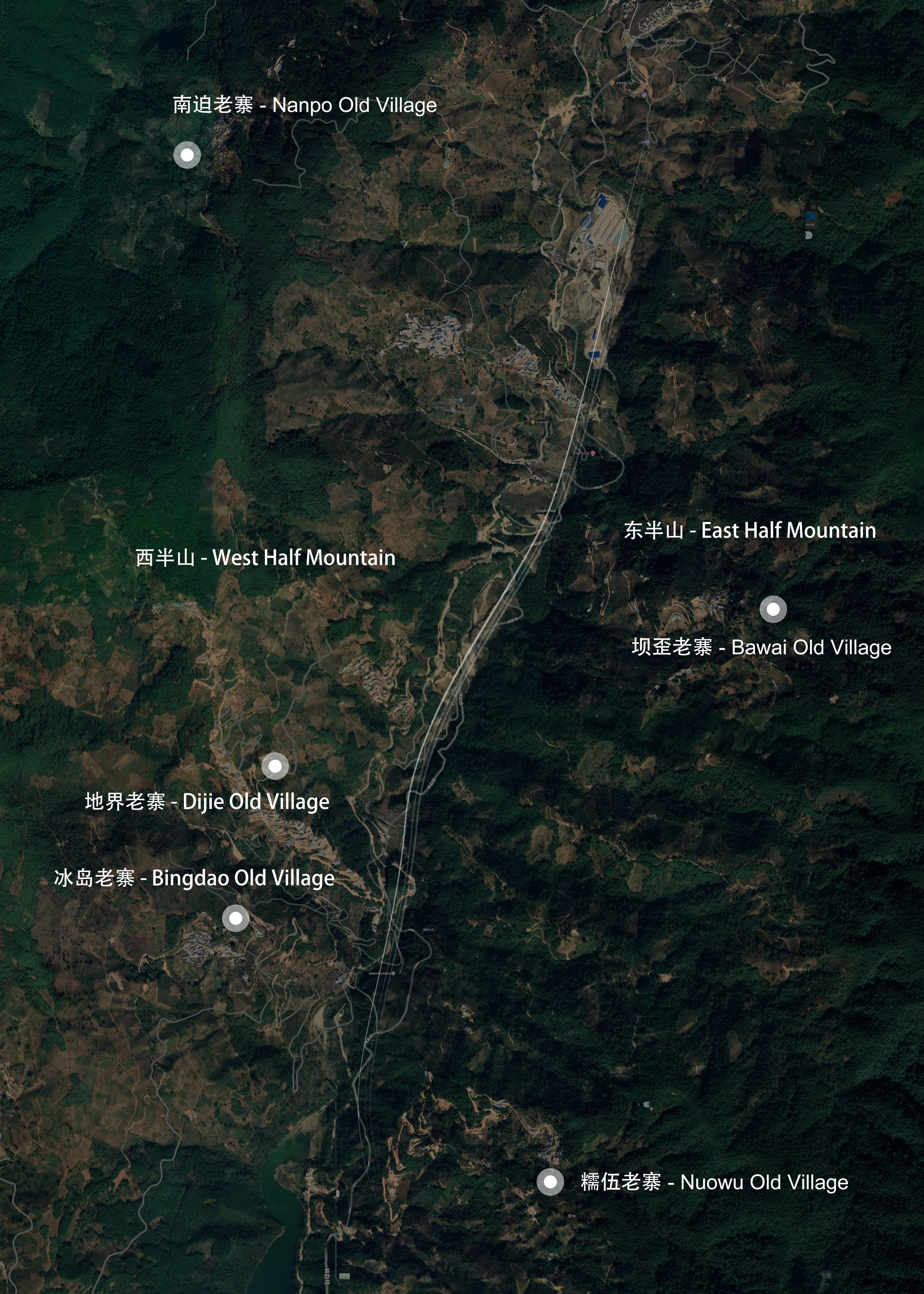
namely 冰岛 Bingdao Old Village, 地界 Dijie Old Village, 南迫 Nanpo Old Village, 坝歪 Bawai Old Village, and 糯伍 Nuowu Old Village.
West Half Mountain (core tea area, benchmark area for Bingdao flavor)
冰岛 Bingdao Old Village:Located in the center/north of the West Half Mountain, it is the birthplace of the Mengku large-leaf variety, at an altitude of over 1,700 meters. Inhabited by the Dai people, its ancient tea plantations are the benchmark for the "rock sugar charm" among the five villages.
地界Dijie Old Village:The closest village to Bingdao Old Village in the West Half Mountain—it takes only 20 minutes on foot from Dijie's ancient tea plantations to those of Bingdao Old Village. Situated on the main ridge of the Mengku Snow Mountain, it "connects three counties in one place (Shuangjiang, Gengma, Linxiang)" and has a slightly higher altitude than Bingdao Old Village.
南迫anpo Old Village:The northernmost in the West Half Mountain, northwest of Bingdao Old Village, hidden deep in the mountains, about 5 kilometers from Bingdao Village Committee. It is a concentrated area of artificially cultivated ancient tea trees in Mengku.
East Half Mountain (area with differentiated styles)
坝歪Bawai Old Village:In the East Half Mountain, north of Mengku Town, 25 kilometers from Bingdao Village Committee, at an altitude of about 1,900 meters. The tea trees here were planted around the same time as those in Nuowu, with a "strong and bold" tea style.
糯伍Nuowu Old Village:In the East Half Mountain, north of Mengku Town, 25 kilometers from Bingdao Village Committee, at an altitude of about 1,400 meters. It has an "elegant and mild" tea style, with tea tree scale and form similar to those in Bawai.
Bingdao Old Village is the soul origin of "rock sugar rhyme" in the Pu'er tea circle.
Its scarcity is irreplicable
Preparation of Utensils
Main brewing vessels:Purple clay teapots with good air permeability (suitable for aged tea or teas needing aroma concentration) or open-mouthed covered bowls (easy to observe tea color).
Fair cup:Glass is preferred for easy observation of tea color.
Tasting cups:Small porcelain or pottery cups, good for aroma retention.
Auxiliary tools:Tea needle (for breaking compressed tea), tea scoop, tea cloth, etc.
Tea Leaves and Water
Tea leaves:Tea leaves: Loose tea can be used directly. Compressed tea (cakes, bricks, tuocha) needs to be pried loose in advance and "awakened" for 1-3 months (in a ventilated, light-proof, and odor-free environment).
Water:Qualified purified water is sufficient; never use alkaline mineral water.
(Commercially available mineral waters and mountain spring waters vary in water quality due to different sources; so-called "high-quality mineral water" will likely cause loss of functional components in tea and inhibit its aroma.)
Tea dosage:Use 5-8g of tea for a 100-150ml container (tea-to-water ratio of approximately 1:20; adjust strength to personal taste).
Steps
Warm and clean the utensils
Rinse all utensils with boiling water to raise their temperature, helping to release the tea's aroma.
Formal brewing
This tea does not require rinsing —
the first infusion is the essence, full of the delicate fragrance of tea down and the sweetness of amino acids. (Only aged Pu'er tea over 15 years old, such as tuocha and brick tea, needs rinsing.)
Infusions 1-3: Pour boiling water from a height
(When pouring, slightly lift the kettle to let the water flow hit the tea leaves and release the tea's aroma). The infusion time is 5-10 seconds; drain the tea soup quickly to avoid excessive leaching of bitter and astringent substances. (For new tea with obvious bitterness, shorten the time to within 5 seconds; for aged tea, extend it to 10 seconds.)
Infusions 4-7:
Pour water at a medium height (gentle circular flow to keep tea evenly heated); infusion time: 10-15 seconds. Adjust based on taste—if the tea fades, steep for an extra 5 seconds.
After infusion 8:
Pour water at a low height (close to the bottom of the pot/bowl to reduce impact); gradually extend steeping time (add 5-10 seconds each time). Aged tea can be steeped for 1-2 minutes until the flavor fades.
Tasting
After pouring the tea into the fair cup, divide it evenly into tasting cups. Smell the aroma while it's hot (raw Pu'er often has floral, fruity, nectar-like, or wild mountain notes). Sip slowly to feel the bitterness, sweet aftertaste, salivation, and lingering throat sensation.
Tips
1.Time control
A batch of tea should be brewed within 30 minutes. If not finished immediately, store it in a container. When you want to drink again, reheat the brewed tea—suddenly, the room fills with aroma, enchanting you.
Never leave brewed tea in the covered bowl for a long time (e.g., an hour or two) before rebrewing. Oxidation will deepen, weakening the fresh taste and volatilizing aromatic substances, resulting in a bland flavor. Such brewing reduces a rare fine tea to a lackluster experience.
2. Adjust based on age.
Aged tea (over 15 years old): Mellow in taste; this style can be steeped for a long time, brewed slowly, or even simmered.
By properly controlling water temperature, infusion time, and pouring method, the "richness, intensity, freshness, and briskness" of raw Pu'er or the "mellowness, smoothness, agedness, and fragrance" of aged tea can be fully displayed. It's advisable to adjust flexibly according to the tea's characteristics to find your ideal taste balance.

木盒包装,内有密封袋
Packaging
Hand-woven bamboo baskets
Storage

Store in a clean, odor-free environment
Keep away from light and moisture
Ideal humidity:60%~70% (moisture protection required in southern regions)
Optimal temperature:20~30℃, avoid drastic fluctuations (e.g., direct exposure to heating or air conditioning)
Ventilation and Light Protection
Maintain moderate ventilation (avoid complete sealing) but isolate from odors (e.g., cooking fumes, cosmetics).
Light-proof storage: Ultraviolet rays damage the tea’s internal components; use light-shielding containers or store in dark places.
Cleanliness and Odor-Free
Keep away from odor sources like kitchens and bathrooms to prevent absorbing unwanted smells
Storage Containers
1. Purple clay jars/pottery jars
Good air permeability, suitable for long-term storage; check humidity regularly (use cautiously in southern regions).
Clean with boiling water and dry thoroughly before use to avoid residual moisture.
2. Cartons + bamboo shoot husks/cotton paper
An economical, practical combination: Bamboo shoot husks resist moisture and allow breathability; cartons block light and stack easily.
For cake tea, store whole batches (unopened in bamboo shoot husks) to minimize external interference.
3. Sealed bags (for short-term use)
Suitable only for short-term storage (within 1 year); long-term sealing hinders aging.
Use food-grade aluminum foil bags; squeeze out air and seal after adding tea.
Notes
Refrigeration is incorrect: Low temperatures inhibit fermentation, and refrigerator odors are easily absorbed by tea.
Complete sealing is incorrect: Pu’er requires trace oxygen for transformation; vacuum packaging is unsuitable.
Folk wisdom claims, “New Pu’er is bitter and harsh; seal it for 3 years to ‘cool its heat’” — but this only applies to teas from poor ecological origins.
For Pu’er made from top-grade materials like thousand-year-old ancient trees or Bingdao old village tea, the new tea phase is the start of its flavor peak.
Take such ancient tree spring tea: It boasts rich wild floral aromas, fresh liquor, prominent rock sugar sweetness, and layered depth, fully embodying the essence of primitive ecology. Its charm lies in the unpolished vitality of the new tea phase.
Practice shows that after 5 years of storage, it shifts to a “classic aging trajectory” and loses its uniqueness.
For fine tea, drink it when new — savor its annual transformations.
Allow moderate air exposure in the first 3 years of storage to preserve the new tea’s ecological essence.
5-10 years: The tea’s nature mellowss; woody and aged aromas emerge.
Over 15 years: The liquor turns rich reddish-brown; the taste becomes mellow and full.
The storage philosophy of top-grade ancient tree tea is, at its core, reverence and preservation of primitive ecology.






